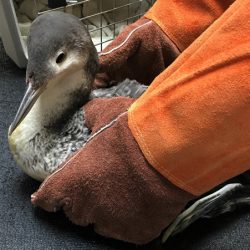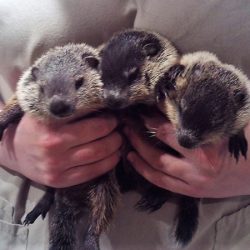As a service to the community, Gage Animal Hospital provides funding and veterinary services for the care of injured and/or orphaned wildlife, with the exception of bats, skunks, snakes, and adult raccoons. Any wildlife brought to GAH will be examined by our veterinarians for illness and injuries, provided necessary medical treatment, and released to volunteer certified rehabilitators with Northeast Kansas Wildlife Rescue.
There is never a fee of any sort for individuals, for Northeast Kansas Wildlife Rescue, or the City of Topeka, to bring wildlife to GAH.
If an individual discovers wildlife that appears to be orphaned, ill, or injured, that individual may transport the animal directly to GAH. If an individual feels unable to safely transport the distressed animal to GAH, s/he should contact NE Kansas Wildlife Rescue Hotline at 785-575-1991 or City of Topeka Animal Control at 785-368-9484 for assistance.
Sometimes it is difficult to determine if a wild animal needs your help. Before you do anything, assess the situation.








